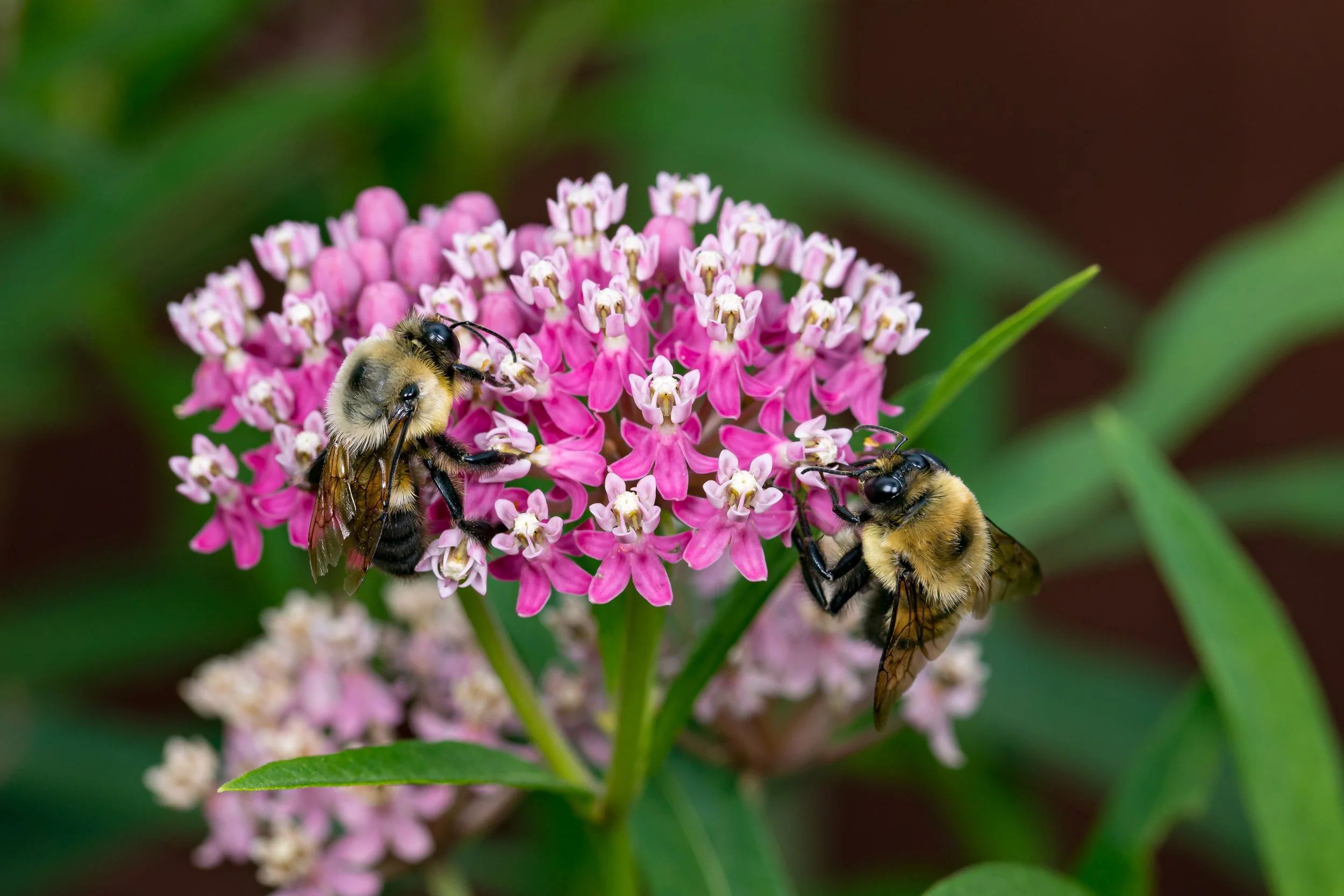Bees: The Social & Solitary
In the world of bees, there are two main Categories of bees—there are social bees and solitary bees.
Often when most people think of bees the vision in their mind is usually of a Honey Bee. We may even picture a hive filled with honey or a colony of bees working together, as taught to us in childhood. What was not common knowledge to many is that there are thousands of different bee varieties worldwide approx. over 20,000 described species. About three-quarters of the bee population are Solitary Bees, with the rest being Social or Semi Social.
Solitary Bees—(Living & Surviving Alone)
Solitary Bees are independent in raising their brood (offspring bees), as well they collect nectar and pollen alone and maintain their own nests. Each female Solitary Bee is her own queen. This means she will lay and take care of her own brood and nest individually. Even though Solitary Bees can nest close together, in the ground, trees, or tubes or bee blocks we can provide, they carry out their life cycle alone. Examples of these types of bees are the mason bees and the leafcutter bees.
Some Solitary Bees can be ‘communal’ meaning they can use the same entrance to their home (like a hole in the ground), but once inside they will have their separate nests which they will tend by themselves. This type of nesting, together but separate is referred to as ‘aggregations’ where each queen bee is still living her life cycle alone.
Social Bees—(Living & working Together)
The Social Bee will form a colony (a group of bees living/working together) and work for the betterment of the colony. Throughout their lives, they will partake in different tasks in the colony as they grow and develop. In this social living system, there will be only one egg-laying queen bee per hive, Examples of these types are the popular honey bee and bumble bee.
Another type of Social Bee is the Semi-Social variety. These bees will live together in a single nest helping to provide for their brood (growing baby bees). There are two main jobs semi-social bees have, some will forge for food and build nesting cells within the nest and other bees will stay in the nest to lay eggs and care for the growing bees.
Whether social or solitary there is so much to be learned about bees. All bees can use our support at this time. By growing a garden with specific pollinator attracting plants to provide them food, or by hosting solitary bees (providing them with a home in our yards) to taking care of a honey bee colony.
PFC Reminder: Sharing newly learned information on bees helps to educate others and potentially gains a new curiosity.
Questions To Contemplate—How many different bees have you noticed in your garden? Have you noticed where they are living? Perhaps alone or in a group? See if you can begin to identify Solitary or Social!

